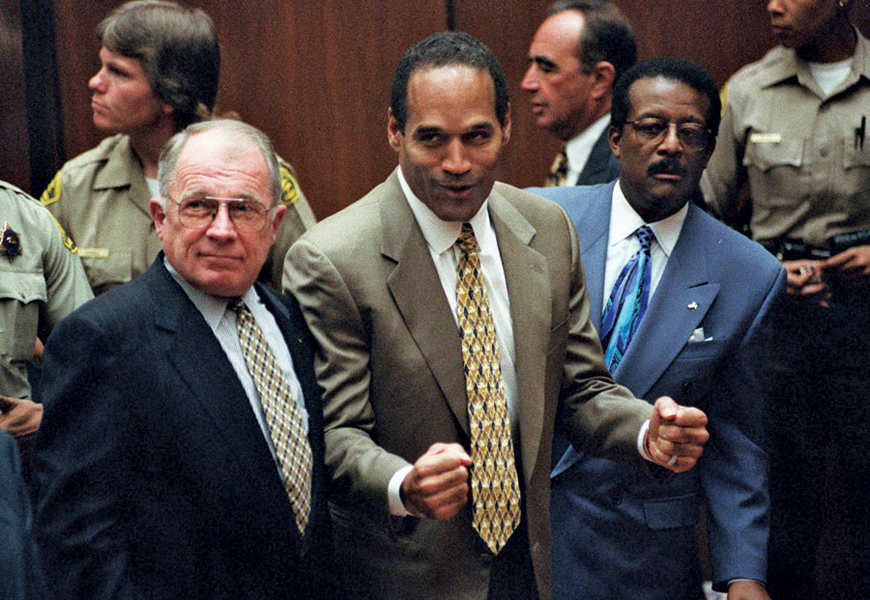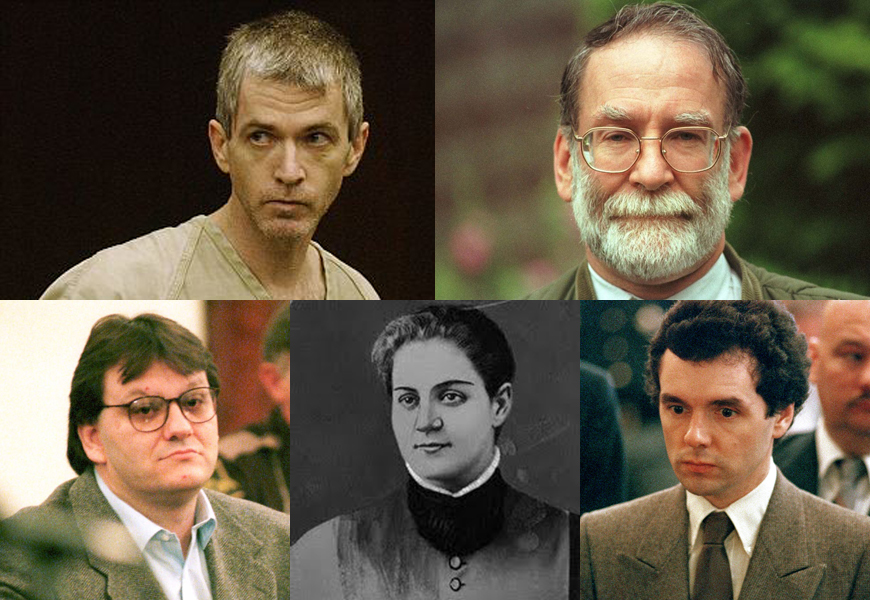There’s going to come a time somewhere down the line where golf fans sit down and reflect on Tiger Woods’ greatness.
Right now, everything about Woods’ career is still too fresh, so the conversations aren’t what they one day will be.
Today’s discussions about the former world No. 1, who is danger of missing the cut at his second consecutive major after a disastrous first round at St. Andrews, hinge on what he once was and whether he’ll ever get back to being that guy again. Given his dreadful start at The Open and overall poor play, it’s probably officially time to stop wondering if Woods will ever regain his elite form and shift the larger focus to the new crop of stars that are actually in contention at all of these majors, like Jordan Spieth, who won both The Master and the US Open, and Dustin Johnson, who shot a seven-under on Thursday to take the lead in Scotland.
The Tiger of old isn’t coming back and there isn’t going to be anyone like him that comes around again any time soon either.
Even though the scandalous end to Woods’ marriage played out more than five years ago, it still remains one of the key points that frames how people look at him as an athlete. His play hasn’t been the same since the night he crashed his car and all his dirty little secrets came into the light of day, so the break-up of what seemed like a perfect life off the links continues to be referenced as part of the reason the once dominant golfer is barely mediocre these days.
Because his struggles continue to play out on ESPN on a weekly basis and Woods passing Jack Nicklaus for the most major titles ever is now a pipe dream after feeling like a formality for so long, our conversations about him still pivot around his decline.
It’s fair and understandable and probably has contributed to his decline, but a decade from now, when Woods has moved on and there are other scandals, other stories dominating the golf headlines, people won’t be looking back on his career and talking about his infidelity, at least I hope not. What we’ll all be talking about is how for nearly 15 consecutive years, there was Tiger Woods and everybody else.
For the 13 years between 1997 and 2010 (inclusive), Woods never finished lower than fourth on the PGA Tour money list, topping the tracker of the year’s biggest winners nine times. He won 14 majors and 69 tournaments in total, failing to finish in the Top 25 just 27 times in 231 starts. He won five or more tournaments in a year nine times and registered three seasons where he won more than $10M in prize money.
More than a quarter of the time he entered a tournament, Woods came away with the victory. He changed the way the sport was covered, broadcast, discussed and perceived and his impact cannot be undersold.
Courses lengthened holes because of his power off the tee and changed holes to make them more challenging. He did things that seemed unbelievable if we all hadn’t been watching him do it.
Those are the things people should talk about in regards to Woods 15-20 years in the future, once he’s faded from the spotlight.
The only reason his fall was so massive and hard to accept was because of how dominant he was in the decade before it happened.
There have been plenty of golfers that got hot for a year or two or three, hung around the top of the leaderboard routinely, challenged for majors and then fell back into the pack, never to be heard from again. That’s normally how the cycle works and why Woods stands out still to this day; he broke the cycle. He defied the pattern we were so used to seeing, turning the golf world on its ear for more than a dozen years before coming back to post two more outstanding seasons in 2012 and 2013, just to make everyone wonder once more if the Tiger of old was about to return.
He’s not. That Tiger is gone, but he’ll never be forgotten.












